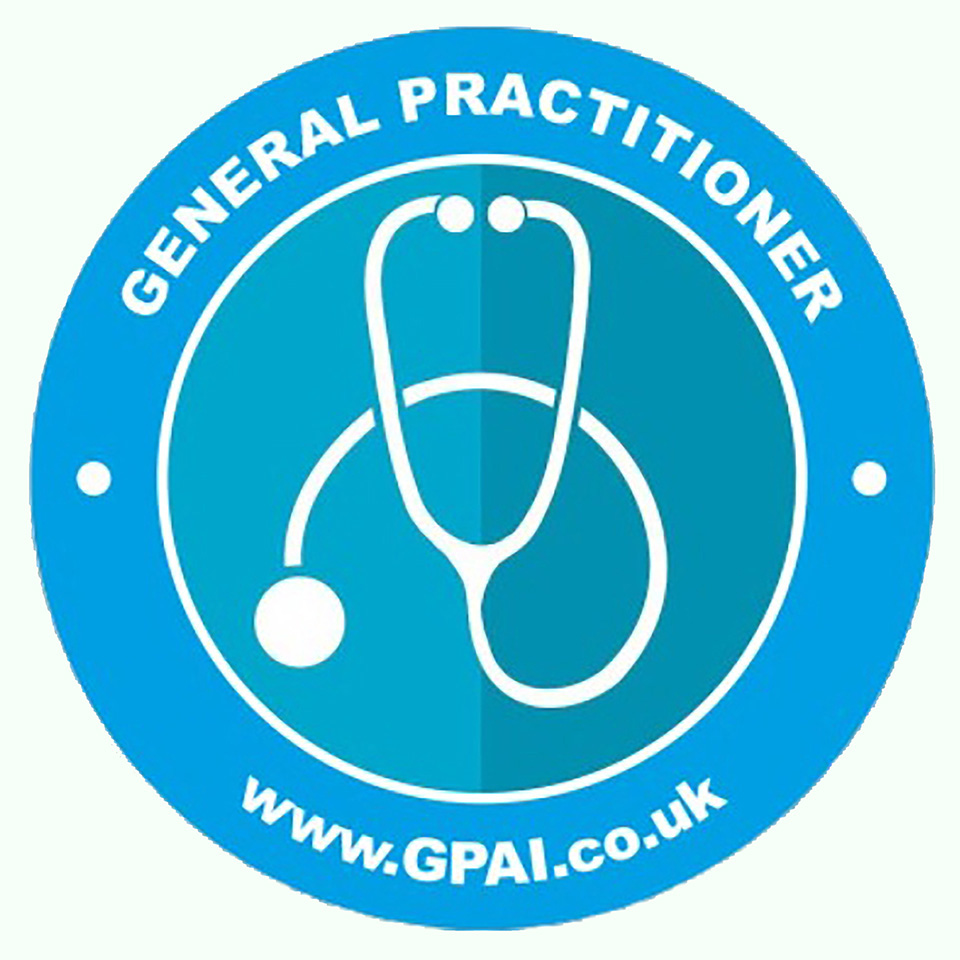
Rishi Sunak’s Proposed Overhaul Sparks Controversy Over Sick Notes and Personal Independence Payments
In a move that has ignited debate and raised eyebrows across the UK, Prime Minister Rishi Sunak has unveiled plans to overhaul the system of sick notes and Personal Independence Payments (PIP). While the government frames these changes as modernizations aimed at streamlining processes and reducing bureaucracy, critics argue that they risk undermining the expertise of healthcare professionals and jeopardizing the financial stability of vulnerable individuals.
At the heart of the controversy lies the proposition to overhaul the current sick note system, which would grant employers the authority to require sick notes only after an absence of four weeks, as opposed to the current eight days. Additionally, the plan seeks to introduce a digital platform for obtaining these notes, purportedly to make the process more efficient.
One of the central concerns raised by healthcare professionals and advocacy groups pertains to the potential erosion of the authority and judgment of General Practitioners (GPs). GPs, who have dedicated years to rigorous training and education to obtain their qualifications, could now find themselves in a position where their diagnoses and recommendations are subjected to scrutiny or overridden by individuals without the same medical expertise.
Dr. Sarah Hughes, CEO of Mind.org.uk, a prominent mental health charity, has voiced her organization’s opposition to the proposed changes. Expressing concern over the impact on patients with mental health conditions, Dr. Hughes emphasized the importance of maintaining the autonomy of healthcare professionals in determining the appropriate course of treatment and support for their patients.
Moreover, the government’s plan to replace PIP payments with medical support has sparked outrage among various charities and advocacy groups. PIP payments are a lifeline for many individuals with disabilities or long-term health conditions, providing crucial financial assistance to help them cover the costs of living and maintain their independence. However, replacing these payments with medical support, as proposed by Sunak’s overhaul, could potentially leave vulnerable individuals facing financial hardship and uncertainty.
Critics argue that this shift not only undermines the financial stability of those reliant on PIP payments but also risks exacerbating their mental health struggles. Financial insecurity is closely linked to poor mental health outcomes, and any changes that threaten individuals’ economic security could have far-reaching consequences on their well-being.
Furthermore, the notion of unqualified individuals dictating the support and assistance available to those with disabilities or health conditions raises ethical questions about who holds the authority to make decisions that directly impact individuals’ lives and well-being.
Recognizing Medication as a Vital Treatment for Mental Health Disorders: Challenging Ableism and Discrimination
In the discourse surrounding mental health treatment, therapy often takes centre stage, hailed as a transformative tool for healing and recovery. While therapy undoubtedly plays a crucial role in addressing mental health challenges, it’s essential to recognize that medication treatment is equally indispensable for many individuals. Moreover, there are certain mental health disorders for which no amount of therapy can offer a cure, challenging prevailing ableist notions and highlighting the urgent need to confront discrimination in mental healthcare.
For countless individuals living with mental health disorders, medication serves as a lifeline, offering relief from debilitating symptoms and enabling them to lead fulfilling lives. Whether it’s antidepressants for managing depression, mood stabilizers for bipolar disorder, or antipsychotics for schizophrenia, psychotropic medications play a vital role in stabilizing brain chemistry and alleviating distressing symptoms.
However, despite the demonstrated efficacy of medication in treating mental health conditions, there persists a pervasive stigma surrounding psychiatric drugs. This stigma is often rooted in misconceptions and biases, perpetuated by societal attitudes that prioritize “natural” or non-pharmaceutical approaches to mental health treatment. Such attitudes not only undermine the experiences of individuals who benefit from medication but also contribute to a climate of shame and reluctance to seek help.
Furthermore, the emphasis on therapy as the primary mode of treatment can inadvertently marginalize those for whom medication is essential. This bias reflects ableist assumptions that equate mental health recovery solely with the ability to engage in talk therapy or other psychosocial interventions. Such assumptions fail to acknowledge the diverse needs and experiences of individuals living with mental health disorders, reinforcing harmful stereotypes and excluding those whose treatment journeys differ from the norm.
Moreover, the expectation that therapy alone can “cure” all mental health conditions overlooks the complex interplay of biological, psychological, and environmental factors that contribute to these disorders. While therapy can undoubtedly be transformative for many individuals, there are certain conditions, such as severe and persistent mental illnesses like schizophrenia or treatment-resistant depression, for which medication is often the cornerstone of treatment.
Confronting ableism and discrimination in mental healthcare requires a multifaceted approach that acknowledges the legitimacy of medication treatment and challenges the stigma surrounding psychiatric drugs. Healthcare providers must receive education and training to dispel myths and biases related to medication, fostering a more inclusive and patient-centered approach to mental health care.
Additionally, advocacy efforts are needed to amplify the voices of individuals who benefit from medication treatment and to combat the pervasive stigma that surrounds psychiatric drugs. By elevating these narratives and challenging ableist assumptions, we can create a more equitable and compassionate mental healthcare system that meets the diverse needs of all individuals living with mental health disorders.
Rishi Sunak: Is it Fair for Benefits Claimants with Mild Anxiety to Receive Extra Cash?
The fundamental principle that guides policy decisions, the question of fairness often arises when considering who should receive government assistance and under what circumstances. Rishi Sunak has been at the forefront of this debate, raising questions about the appropriateness of providing additional financial support to individuals with conditions that some may perceive as less severe. But is this perspective truly fair?
Mental health has become a significant focus of public discourse in recent years, with growing awareness of the prevalence and impact of conditions such as anxiety disorders. While severe cases of anxiety can be debilitating and significantly impair an individual’s ability to work and function in daily life, mild anxiety is often characterized by less severe symptoms that may still cause distress but may not necessarily lead to significant functional impairment.
The crux of the issue lies in whether individuals with mild anxiety should be entitled to the same level of financial support as those with more severe mental health conditions. Rishi Sunak’s stance reflects concerns about the potential misuse of resources and the need to ensure that government assistance is targeted towards those who are most in need. However, this perspective overlooks several key considerations.
Firstly, the impact of mild anxiety should not be underestimated. While individuals with mild anxiety may not experience the same level of impairment as those with severe anxiety, their symptoms can still have a significant impact on their quality of life and ability to work. It’s essential to recognize that mental health exists on a spectrum, and what may seem like a mild condition to some may still be profoundly distressing to others.
Furthermore, providing support to individuals with mild anxiety can have long-term benefits, both for the individuals themselves and for society as a whole. Early intervention and support can prevent the escalation of symptoms and reduce the likelihood of individuals developing more severe mental health conditions in the future. By providing assistance at the earliest signs of distress, we can promote resilience and well-being, ultimately saving costs associated with more intensive interventions down the line.
Additionally, the criteria for determining eligibility for benefits must take into account the complex interplay of factors that contribute to an individual’s ability to work and function. Mental health is just one piece of the puzzle, and factors such as socioeconomic status, access to education and employment opportunities, and social support networks all play a role in determining an individual’s level of need.
Rather than focusing solely on the severity of a particular condition, policymakers should adopt a more holistic approach that considers the individual’s overall circumstances and the broader societal context. This means recognizing that individuals with mild anxiety may still face significant barriers to employment and may require support to overcome these challenges.
Ultimately, the question of whether it is fair for benefits claimants with mild anxiety to receive extra cash cannot be answered in black-and-white terms. Fairness is a complex and nuanced concept that requires careful consideration of the diverse needs and experiences of individuals within society. While it is essential to ensure that resources are used efficiently and effectively, this should not come at the expense of those who may benefit from targeted support.
Rishi Sunak and other policymakers must engage in a thoughtful and inclusive dialogue that takes into account the voices of those directly affected by these decisions. By listening to the experiences of individuals with mental health conditions, as well as experts in the field, we can develop policies that promote equity, compassion, and dignity for all members of society, regardless of their mental health status.
“Fairness and Equality in Access to Disability Benefits: Challenging Stigma and Discrimination”
Rishi Sunak’s suggestion of requiring greater medical evidence to substantiate a claim for Personal Independence Payments (PIP) and proposing alternatives such as talking therapies or respite care instead of cash transfers for some individuals with mental health conditions raises concerns about fairness and discrimination.
- Burden of Proof: Requiring greater medical evidence to support PIP claims can disproportionately affect individuals with mental health conditions. Unlike some physical disabilities, mental health conditions may not always have easily quantifiable or visible symptoms. This requirement could place an unfair burden on individuals with mental health conditions to prove the legitimacy of their disabilities, potentially leading to delays or denials in accessing essential financial support.
- Alternative Support: While talking therapies and respite care can be valuable forms of support for individuals with mental health conditions, they should not be offered as substitutes for financial assistance when such assistance is necessary to address the extra costs associated with long-term disabilities. Cash transfers provided through PIP are intended to help individuals cover various expenses related to their disabilities, including transportation, equipment, and other necessities. Denying or limiting cash transfers in favor of alternative forms of support could deprive individuals of the financial resources they need to maintain their independence and quality of life.
- Stigmatization of Mental Health: By singling out individuals with mental health conditions and suggesting alternatives to cash transfers, there is a risk of perpetuating stigma and discrimination against this population. Mental health conditions are legitimate disabilities that can significantly impact individuals’ daily lives and financial stability. Suggesting that talking therapies or respite care are sufficient alternatives may imply that mental health conditions are less deserving of financial support compared to physical disabilities, reinforcing harmful stereotypes and minimizing the experiences of those living with mental health challenges.
While exploring alternative forms of support for individuals with mental health conditions is commendable, it is crucial to ensure that any changes to the PIP system are fair, equitable, and respectful of the diverse needs of all claimants. Any proposals must be carefully evaluated to avoid exacerbating existing inequalities and discriminating against individuals based on their mental health status.
A quote from Richard Kramer, chief executive at charity Sense, said: “The government’s ongoing onslaught on disabled people is hard to watch, with the prime minister today taking aim at people who are long-term sick in a cruel speech demonising people with ‘sick notes This rhetoric is unbelievably damaging and unhelpful, presenting disabled people as ‘shirkers’ who don’t want to work. But this isn’t the case – while employment isn’t right for everyone, many disabled people do want to work.”
Conclusion
Medication treatment is a vital and often indispensable component of mental health care, offering relief and stability for many individuals living with mental health conditions.
Rishi Sunak’s proposed overhaul of sick notes and PIP payments has ignited a fierce debate about the balance between efficiency and expertise, as well as the government’s responsibility to support and protect the most vulnerable members of society. While the government aims to modernize systems and reduce administrative burdens, it must tread carefully to ensure that these changes do not come at the expense of individuals’ rights, autonomy, and well-being. As discussions continue, it is imperative to consider the perspectives of healthcare professionals, advocacy groups, and, most importantly, those directly affected by these policies.
The Solution For Claimants With Mild Anxiety
For a claimant with mild anxiety, a comprehensive solution would involve a combination of support mechanisms tailored to their individual needs. This could include access to mental health counseling or therapy sessions to learn coping strategies and techniques to manage their symptoms effectively. Additionally, providing opportunities for skills training, vocational rehabilitation, and flexible work arrangements can empower individuals to maintain employment while accommodating their mental health needs. Social support networks and community resources should also be leveraged to ensure that claimants have access to the practical and emotional support they need to thrive. By taking a holistic approach that addresses both the mental health aspect and the broader social and economic factors influencing the individual’s well-being, we can foster resilience and promote sustainable recovery for claimants with mild anxiety.
Further Reading
- PIP payment to be overhauled as Sunak shakes up the benefits system (msn.com)
- Sunak to cite Britain’s ‘sicknote culture’ in bid to overhaul fit note system | Health policy | The Guardian
- Mental health must not become a new front in the culture wars – Mind
- Sunak vows to end ‘sick note culture’ as he says number of economically inactive young people is a ‘tragedy’ (msn.com)
- Rishi Sunak sets out plans to tackle ‘sick note culture’ – BBC News
- Sunak: It’s unfair for benefits claimants with mild anxiety to receive extra cash (msn.com)
#rishisunak #primeminister #ukgovernment #dwp #pip #mentalhealth #mentalhealthsupport #disabled #disability #disabilityuk #disabledentrepreneur #vulnerable #financialhardship #discrimination #ableism












